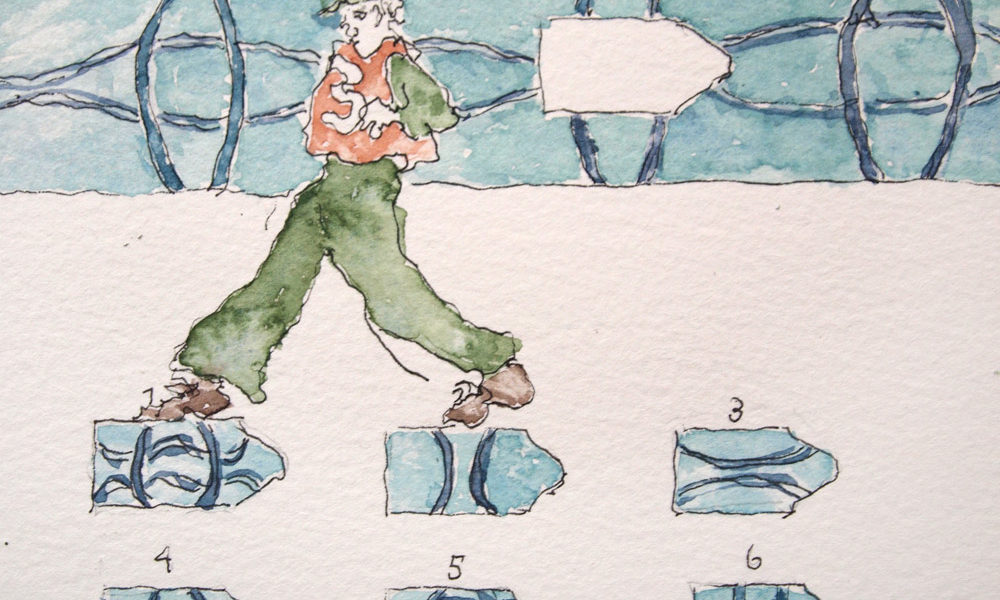
Lessons of leadership from another age
Post by Alice White, Wikimedian in Residence at the Wellcome Library.
It has been virtually impossible over the past month to escape the fiercely contested American presidential campaigns. Newspapers, social media, and television have all been caught up in debating what makes a good leader. Donald Trump was chosen by the people – was he the right choice? And post-election, we’ve been confronted by various efforts to analyse who chose him to lead, what motivations drove them to choose him, and whether those people had the right knowledge to enable them to make an informed decision.
These contemporary debates echo another time in history when government, media, and electorate were absorbed by the issue of leaders and how to choose them. During the early years of the Second World War, the British Army was experiencing an officer crisis. Traditionally, men were plucked from private schools, where in many cases they had been officers-in-waiting, and sent to train as officers for a few years at an Officer Cadet Unit. But by 1941, this system was not working. For one thing, with the rapid expansion of the Army under conscription and total war, there were simply not enough of these candidates. For another, many argued that this system was embarrassingly inappropriate considering that Britain claimed to be fighting for democracy. And, perhaps most practically, the candidates being chosen under this system were failing officer training at an alarming rate, which was a waste of time and money as well as hurting the morale of soldiers.
What made a good officer, who could pass their training and then lead their men to achieve great victories on the battlefield? And what people or tests were best suited to identifying such promising officer material? The Commanding Officers were not having a great deal of success. Perhaps some experts from the human sciences might be able to help? Psychologists demurred; they pointed out that their tests were suitable for finding pilots, or Morse Code operators, or people with definable practical skills, but there was no test for being a good officer. There wasn’t even consensus on what qualities that might include. By contrast, psychiatrists were more accustomed to studying personality, and the lack of existing controlled laboratory tests did not concern them.
Moreover, the British Army’s psychiatrists (many of whom came from the Tavistock Clinic on the heels of their Director J.R. Rees who had been appointed Consulting Psychiatrist to the British Army) had some familiarity with the “officer problem”. They had been working with Army leaders in Scotland to identify what was going wrong with some unsuitable officers, and believed that they had a reasonable idea of what types were best avoided (the nervous, or blustering, and certainly those who were too unintelligent) and what types were resilient, effective, and acceptable to their military colleagues (those who had achieved against the odds, were above average intelligence, and particularly those who related well to others). The psychiatrists had also very recently been handed a copy of the German Army’s psychological selection procedures. Following a chance chat about this work between psychiatrist Eric Wittkower and Assistant Adjutant-General Frederick Vinden in an Edinburgh pub, the Army psychiatrists began intensive work to develop a procedure to find officers for the Army, a procedure which was eventually formalised as War Office Selection Boards (WOSBs) in 1942. Approximately 140,000 men went through the WOSBs during the war.
Variations of these tests are still used throughout the world today, and not only for military purposes – they’ve been adapted to choose civil servants, firemen, office managers, and many other types of leader. But due to security concerns during the war, the psychiatrists had few opportunities to publish on their early methods and trials, and discuss their work. Their fascinating experiments remained hidden in their filing cabinets. The Tavistock Institute archive has recently come out from storage though, and is in the process of being catalogued at the Wellcome Library. As some of the earliest items in the archive, the files on the WOSBs are among the first documents to be released, and can now be explored and examined by anyone who is interested in learning more.
To give a little introduction to some of the tests used and the material in the archive, we’re running some of the officer selection tests for you to experience in the Wellcome Collection’s Reading Room. You can read more about this here, and come along to one of the library events to experience a little bit of this history brought to life!
Drop in to the Reading Room to see if you’ve got what it takes to be a war officer:
Wednesday 16 November 15.00-17.00
Thursday 24 November 19.00-21.00
Friday 2 December 19.00-21.00
Thursday 15 December, 19.30-21.30
Other posts by Alice White
Podcast: ‘What is restored to the picture by delving into the Tavistock archive?’
The Tavistock Archives: An Open and Closed Case